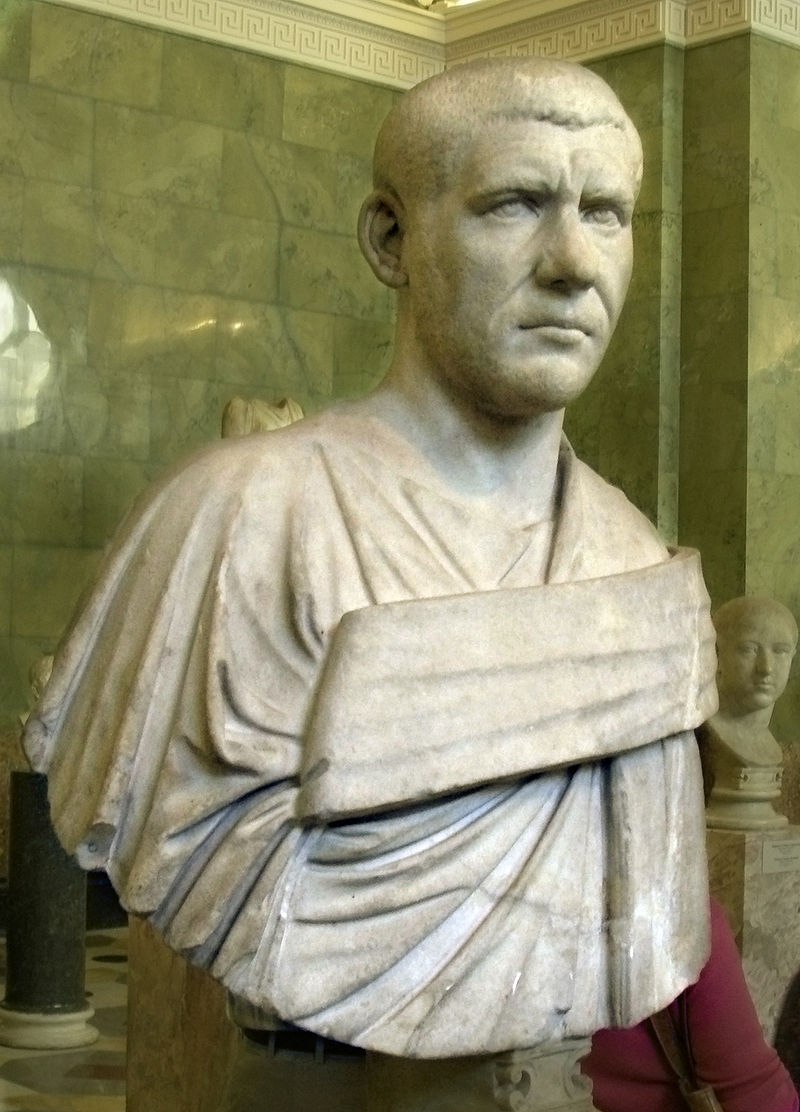
He fell in battle.
CAESAR MARCVS IVLIVS PHILLIPVS AVGVSTVS
The coinage of Emperor Philip I between 244-249 was one of the most significant periods of coinage in the Roman Empire. The emperor used coinage to legitimize his rule and strengthen the stability of the empire. Philip's money consisted of a variety of types, including the gold solidus, the silver antoninian, and the bronze sestertius. The solidus was the most valuable currency in the empire, and Philippus greatly increased its issuance. The Antoninian contained silver and was the most common currency in circulation in the empire. Philip also increased the production of Antoninians and introduced new types depicting the emperor and his family. The sestertius was made of bronze and was rarely minted by the third century. However, Philippus restarted the minting of sestertius and introduced new types on which the Roman gods were depicted. Philippus' coins became a symbol of the emperor's rule. Solidus and Antoninians were circulated in large quantities and helped to strengthen the empire's economy. And the sestertius reflected the emperor's religious commitment. The two most important features of Philip's coinage were the large amount of issue and the varied types. The emperor tried to legitimize his rule and strengthen the stability of the empire with these funds.I. The coinage of Philippus was an important step in the history of the coinage of the Roman Empire. The emperor's money helped strengthen the empire's economy and legitimize the emperor's rule.
Numismatics. Online store for old money, coins and banknotes.